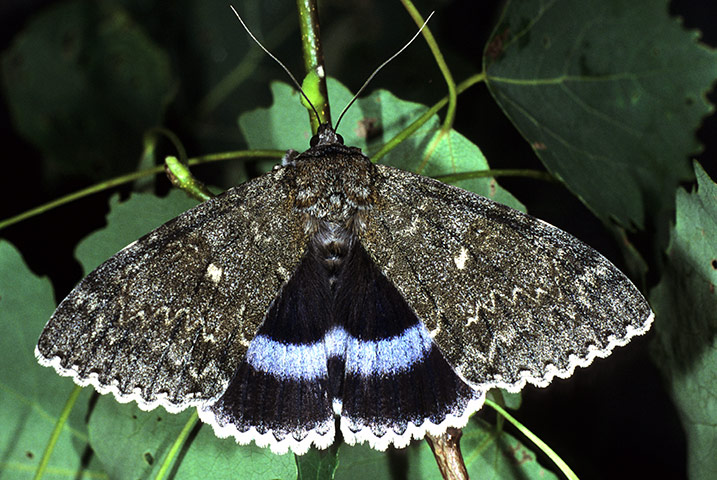
Very rare and very beautiful, with the largest expanse of blue among UK moths. The colour’s virtual absence in other species – while common in butterflies – is one of many puzzles to be solved Photograph: Alamy
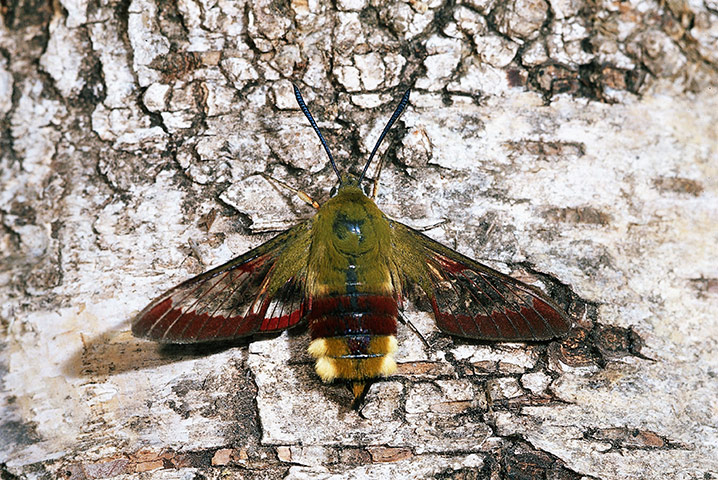
One of 50 breeds which break the rule that moths fly by night and butterflies by day. As large as some of the tropics’ smaller hummings, it hovers over flowers with its long proboscis clearly visible Photograph: Interfoto/Alamy
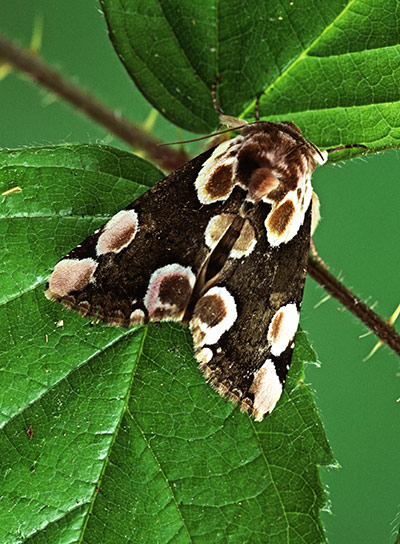
As beautiful as its name, this is a tough little moth which overwinters as a pupa in a silk cocoon. Visits light traps in late May and June Photograph: neil hardwick / Alamy/Alamy
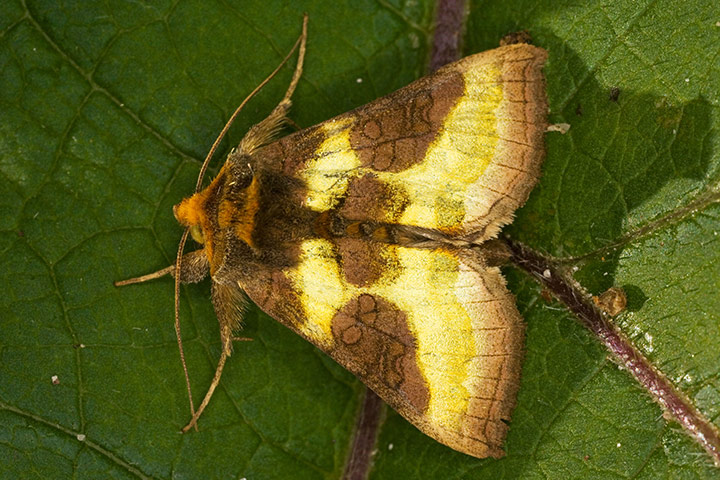
The most common of the many moths with metallic, light-reflecting scales. Other fine examples include the gold spangle, the gold spot and the beautiful golden Y Photograph: Bob Gibbons/Alamy

Perhaps the brightest of UK moths, and one of a vivid family – including the Jersey, scarlet, wood and ruby tigers – which meets the gaudiest butterfly on equal terms Photograph: Andrzej Tokarski/Alamy
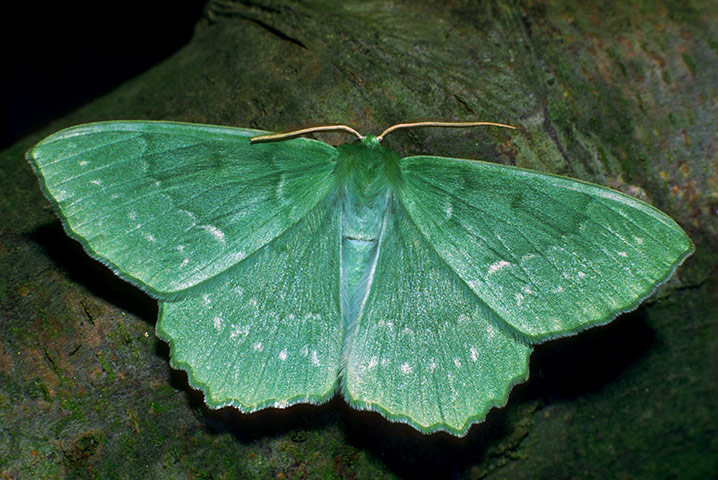
The biggest and most handsome of the UK’s green moths, whose smaller members include the spiny bollworm, a very rare immigrant recorded at Buckingham Palace in 1964, after a state visit from Tanzania Photograph: NaturePics/Alamy
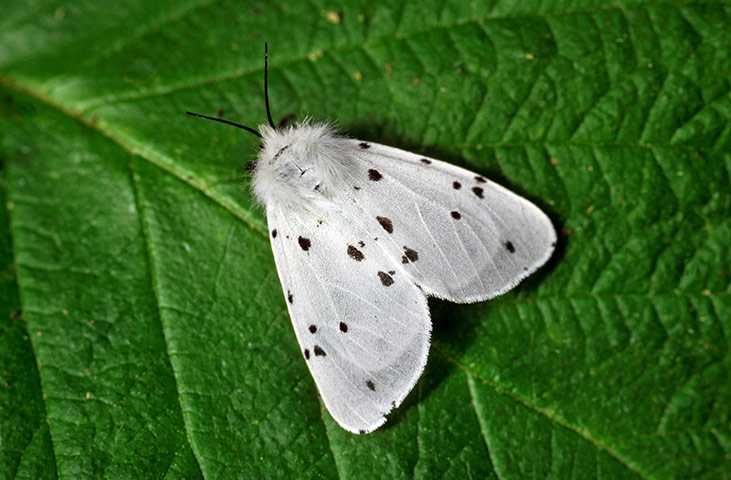
A common but beautifully patterned summer moth which resembles the shoulder garments worn by members of the House of Lords Photograph: Arterra Picture Library/Alamy

The raciest-looking of a score of moths whose streamlined shape has been studied by designers of modern military aircraft Photograph: Marcos Veiga/Alamy
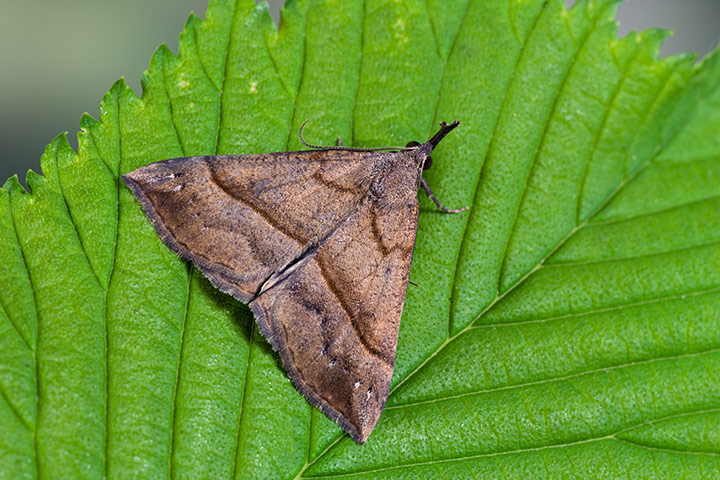
Famous for the most outstanding nose, although the beak-like object is actually a set of palps, which help moths’ antennae with navigation and other sensory work Photograph: Andrew Darrington/Alamy
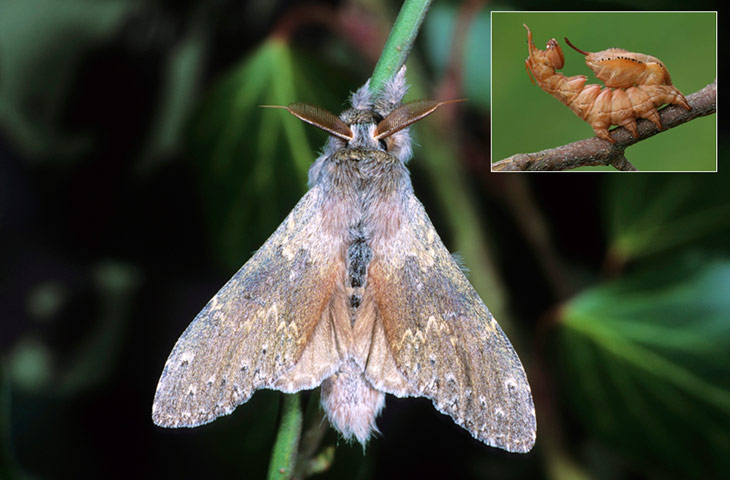
A large, richly overcoated moth with an extraordinary caterpillar (inset), rivalled only by the puss moth’s – a sort of insect dominatrix with a mask on its face
and whips on its tail Photograph: Imagebroker/Alamy







